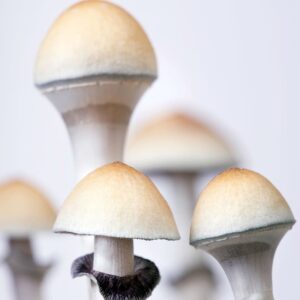When diving into the intricate world of plants, especially cannabis, the term terpenes frequently arises. But what exactly are terpenes, and why do they hold such significance? This blog post will take you on an in-depth journey through the fascinating terrain of terpenes, unveiling what they are, their distinct effects, and their broad importance in both nature and human life.
What Are Terpenes?
Terpenes are a large and diverse class of organic compounds produced by various plants, particularly conifers, and by some insects. They are the primary constituents of essential oils and are responsible for the unique aromas, flavors, and even colors of different plants. In nature, terpenes serve a two-fold purpose: they help protect plants from herbivores and pests while simultaneously attracting pollinators through their distinct scents and flavors.
In the realm of cannabis, terpenes are critical in defining the aroma, flavor, and even the effects of different strains. Each strain has a unique terpene profile, much like a fingerprint, contributing to the overall experience when consuming cannabis.
The Science Behind Terpenes
Terpenes are synthesized by plants through a pathway that involves several chemical reactions, starting with simple molecules such as isoprene. The resulting terpenes can have various structures, including linear chains (like myrcene) or more complex ring structures (like caryophyllene).
Terpene Classification
Terpenes are categorized based on the number of isoprene units:
- Monoterpenes: Contain two isoprene units (e.g., limonene and pinene).
- Sesquiterpenes: Contain three isoprene units (e.g., caryophyllene and humulene).
- Diterpenes: Contain four isoprene units (e.g., phytol, which is a precursor to vitamin E).
Common Terpenes and Their Effects
Now, let’s explore some of the most prevalent terpenes found in cannabis and other plants, along with their specific effects:
1. Myrcene
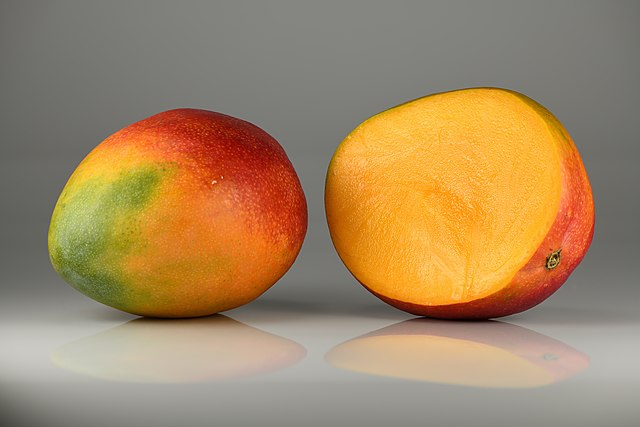
Aroma: Earthy, musky, with a hint of fruity sweetness, reminiscent of cloves or balsam.
Found In: Mangoes, hops, basil, thyme, and lemongrass.
Effects: Known for its sedative properties, myrcene is often present in indica-dominant strains, promoting relaxation, reducing inflammation, and facilitating sleep. Studies suggest it might also have pain-relief and muscle-relaxant effects.
2. Limonene

Aroma: Fresh, citrusy, lemon, and orange-like.
Found In: Citrus fruits, juniper, peppermint, and rosemary.
Effects: This uplifting terpene is commonly associated with mood enhancement and stress relief. Research indicates limonene might have anti-anxiety, antidepressant, and immune-boosting properties, making it popular in aromatherapy.
3. Pinene

Aroma: Pine needles, fresh forest, and rosemary.
Found In: Pine trees, rosemary, basil, and dill.
Effects: Pinene is believed to improve focus, alertness, and memory retention. Additionally, it has notable anti-inflammatory properties and may act as a bronchodilator, aiding in respiratory functions.
4. Linalool
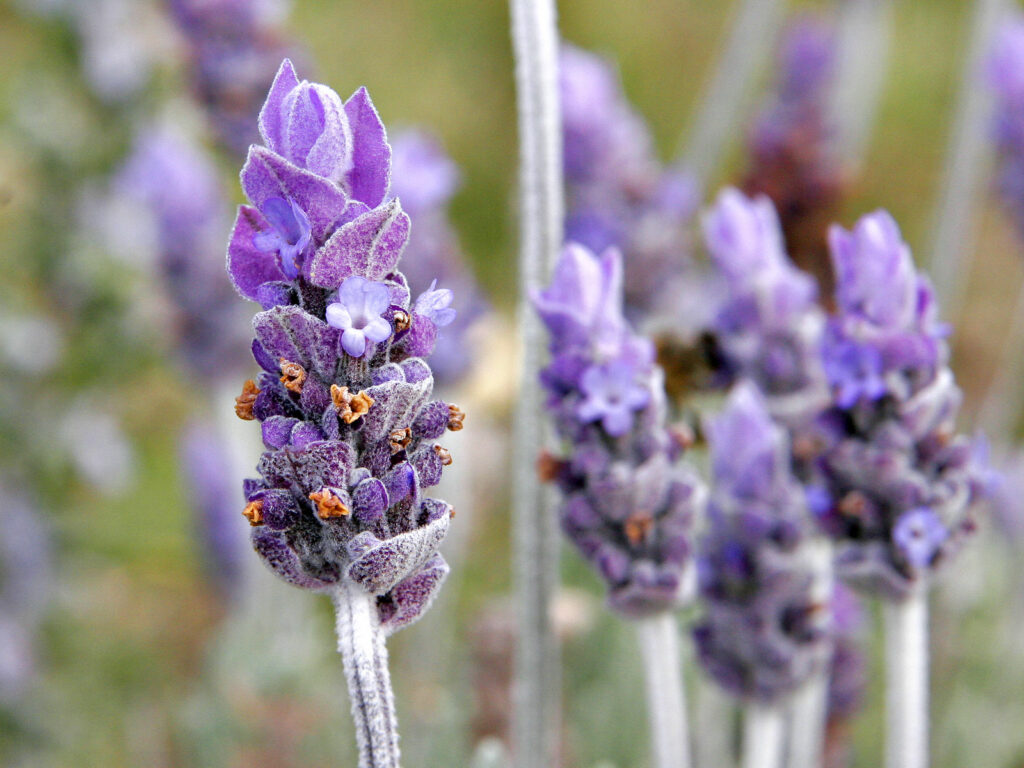
Aroma: Floral, lavender-like, with a hint of spiciness.
Found In: Lavender, mint, cinnamon, and birch bark.
Effects: Known for its strong anti-anxiety and sedative effects, linalool is often used in aromatherapy to promote relaxation and sleep. It has also shown potential in pain relief and anti-inflammatory applications.
5. Caryophyllene
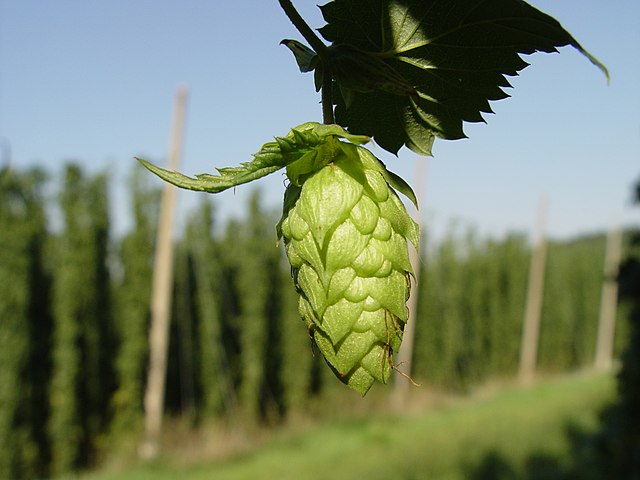
Aroma: Spicy, peppery, and woody.
Found In: Black pepper, cloves, cinnamon, and hops.
Effects: Unique among terpenes, caryophyllene can bind to CB2 cannabinoid receptors in the body, making it effective in reducing inflammation and pain. It is also believed to offer stress-relief benefits and has potential for treating anxiety and depression.
6. Terpinolene
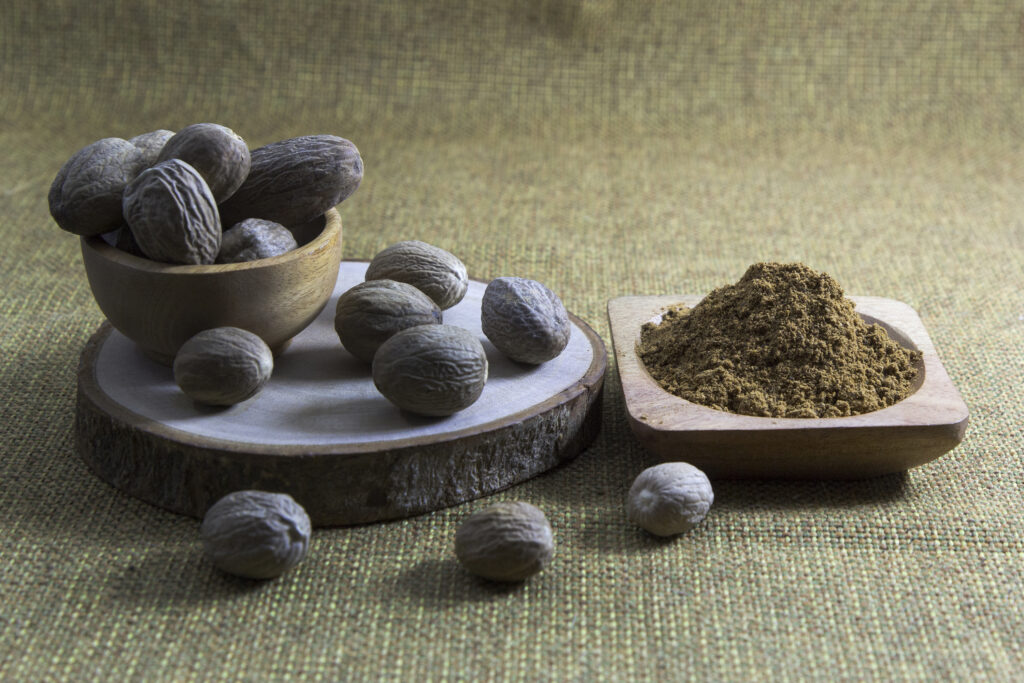
Aroma: Herbal, floral, citrusy, with piney undertones.
Found In: Lilacs, nutmeg, tea tree, and cumin.
Effects: Though less common, terpinolene is often found in sativa-dominant strains and is known for its uplifting and energizing effects. It may also exhibit antioxidant, antibacterial, and sedative properties.
The Entourage Effect
An intriguing concept in the cannabis world is the entourage effect. This theory suggests that cannabinoids (like THC and CBD) and terpenes work together synergistically, enhancing and modulating each other’s effects. This interaction can result in a more balanced and nuanced experience compared to consuming a single isolated compound. For instance, a strain high in both myrcene and THC might produce more pronounced sedative effects compared to a strain with the same THC level but different terpenes.
Beyond Cannabis: Terpenes in Everyday Life
Terpenes extend far beyond the realm of cannabis. They are ubiquitous in the plant kingdom and are a foundational element in various industries:
Aromatherapy

Essential oils used in aromatherapy are rich in terpenes, and their therapeutic effects are largely due to these compounds. For example:
Lavender oil: Rich in linalool, it promotes relaxation and reduces anxiety.
Eucalyptus oil: Contains eucalyptol, which aids in respiratory issues and provides a refreshing, cooling effect.
Culinary Uses
Terpenes contribute significantly to the flavors and aromas of many culinary herbs and spices. They enhance the sensory experience of food and may also offer health benefits:
Thyme and oregano: Contain thymol and carvacrol, which have antimicrobial properties.
Citrus zest: High in limonene, often used to add bright, citrusy flavors to dishes and beverages.
Checkout Cooking with Cannabis!
Medicinal Applications
Ongoing research is investigating the potential therapeutic uses of terpenes. For instance:
Beta-caryophyllene: Studied for its anti-inflammatory and pain-relief properties.
Terpineol: Explored for its antioxidant and potential anti-cancer benefits.
Terpenes are a vital, yet often overlooked, component of the natural world. Their diverse effects and benefits extend from providing plants with defense mechanisms to enhancing human health and well-being. Whether you are navigating the complexities of cannabis strains or simply enjoying the soothing effects of essential oils, understanding terpenes can significantly deepen your appreciation and experience.
As scientific research continues to uncover the vast potential of these incredible compounds, our knowledge and utilization of terpenes are bound to grow, promising even more exciting discoveries and applications.
Embrace the aromatic and therapeutic wonders of terpenes, and let your senses explore the nuanced world they create!
Enhancing Your Understanding with the Trichome Institute’s Interpening Aromatic Training Kit
Just as sommeliers and cicerones use aromatic training kits to grasp the complexities of beer and wine, cannabis enthusiasts and professionals can now fine-tune their terpene knowledge with the Interpening Aromatic Training Kit developed by the Trichome Institute. This innovative kit is designed to assist you in mastering the art and science of Interpening, the practice of analyzing cannabis flower to determine its quality, effects, and even its strain variety by using sensory evaluation and anatomical knowledge of the plant.

The Interpening Aromatic Training Kit is a valuable tool that includes:
- 9 liquid terpenes and 3 crystalline isolated terpenes to help you learn and practice terpene identification and memorization.
- A seven-page instructional PDF that breaks down the individual terpenes and guides you through developing your scent perception technique.
Liquid Terpenes Included: - Beta-Myrcene: Learn to identify its earthy, musky aroma with fruity undertones.
- D-Limonene: Recognize its fresh, citrusy scent, reminiscent of lemons and oranges.
- Beta-Caryophyllene: Identify the spicy, peppery aroma it imparts.
- Linalool Oxide: Get familiar with its floral, lavender-like fragrance.
- Terpinolene: Distinguish its herbal, floral, and slightly citrus scent.
- Alpha-Pinene: Memorize the refreshing pine and forest floor aroma.
- Crystalline Terpenes Included:
- Camphene: Learn the distinctive cool, woody scent.
- Fenchyl Alcohol: Recognize the earthy and slightly sweet fragrance.
- L-Menthol: Get to know the minty, cooling aroma.
- OG Typicity Profiles:
- Gelato: Distinguish the creamy, sweet, and herbal notes.
- Blue Dream: Familiarize yourself with the iconic blend of blueberry and haze.
- All Natural Jack: Recognize the classic earthy and piney scent profile.
Training Your Senses
The tools included in this kit are designed to train your trigeminal nerve perception, which is crucial for detecting and distinguishing different aromatic compounds. By regularly practicing with the kit, you’ll improve your ability to identify common terpenes, navigating through the broad to narrow leaf aromatic spectrum, and gaining proficiency in recognizing the typical aroma profiles of classic OG cannabis strains.
Delve deeper into the aromatic world of terpenes and enhance your sensory expertise with the Interpening Aromatic Training Kit. Whether you are a novice or an experienced cannaisseur, this innovative kit will empower you with the skills and knowledge to elevate your cannabis experience. Complete your interpening tool chest and embrace the smelly terp goodness that awaits!

